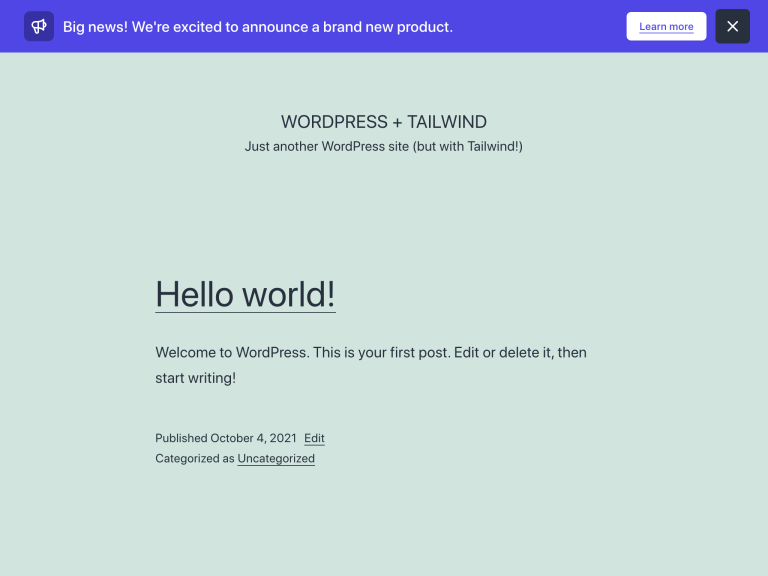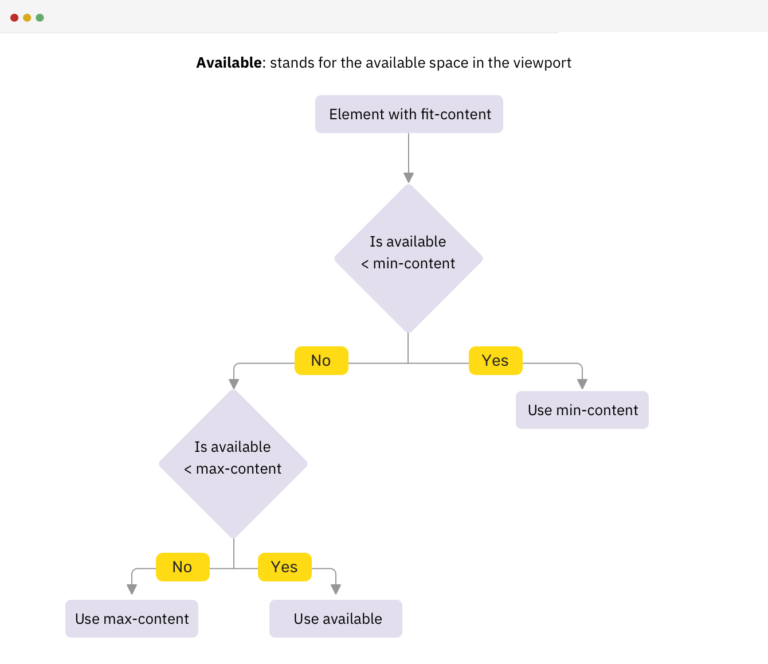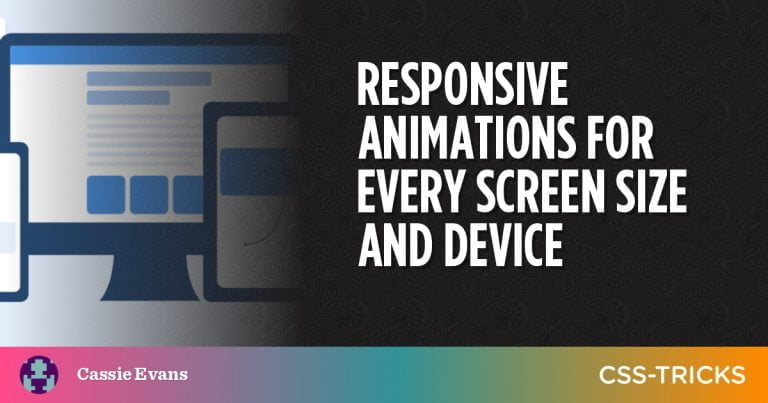
In this article, we’ll answer the ten most commonly asked GraphQL questions, covering pagination, graphQL versioning, batch loading, cache handling, file uploads, and more.
1. How do I handle errors in GraphQL?
Table of Contents
- 1 1. How do I handle errors in GraphQL?
- 2 2. How do I paginate results in GraphQL?
- 3 3. How do I handle authentication and authorization in GraphQL?
- 4 4. How do I handle real-time updates with GraphQL?
- 5 5. How do I handle file uploads with GraphQL?
- 6 6. How do I handle caching in GraphQL?
- 7 7. How do I handle batch loading in GraphQL?
- 8 8. How do I handle N+1 query problems in GraphQL?
- 9 9. How do I handle schema stitching or schema federation in GraphQL?
- 10 10. How do I handle versioning in GraphQL?
In GraphQL, errors are handled by returning an errors field in the response. The errors field is an array of error objects, each containing a message field and optionally other fields with additional information.
To handle errors on the server side, you can throw custom errors in your resolvers. For example, in JavaScript:
throw new Error('Something went wrong');
On the client side, you can check for the presence of the errors field in the response and handle them accordingly.
2. How do I paginate results in GraphQL?
To paginate results in GraphQL, you can use the “Connection” pattern, which involves using “edges” and “nodes” to represent connections between objects. You can also use arguments like first, last, before, and after to control the pagination.
Here’s an example schema for paginating a list of users:
type Query {
users(first: Int, after: String): UserConnection
} type UserConnection {
edges: [UserEdge]
pageInfo: PageInfo
} type UserEdge {
node: User
cursor: String
} type PageInfo {
hasNextPage: Boolean
endCursor: String
}
In your resolver, you would implement the logic to fetch the paginated data and return the appropriate connection object.
Authentication and authorization aren’t built into GraphQL, but you can implement them using middleware or context. For authentication, you can use a token-based approach (such as JWT) or any other authentication mechanism.
In your GraphQL server, you can add a middleware to verify the authentication token and add the authenticated user to the context. In your resolvers, you can access the context to check if the user is authenticated and authorized to perform the requested operation.
For example, in JavaScript:
const authenticationMiddleware = async (req, res, next) => {
const token = req.headers.authorization;
const user = await verifyToken(token);
req.user = user;
next();
}; const context = ({ req }) => {
return { user: req.user };
}; const resolver = {
Query: {
protectedData: (parent, args, context) => {
if (!context.user) {
throw new Error('Not authenticated');
} },
},
};
4. How do I handle real-time updates with GraphQL?
To handle real-time updates in GraphQL, you can use subscriptions. Subscriptions allow clients to receive updates when specific events occur on the server.
To implement subscriptions, you need to define a Subscription type in your schema and use the subscribe field in your resolvers to define the events that trigger updates.
For example:
type Subscription {
userCreated: User
}
In your resolver, you can use an event emitter or a pub/sub system to handle subscriptions:
const { PubSub } = require('graphql-subscriptions');
const pubsub = new PubSub(); const USER_CREATED = 'USER_CREATED'; const resolvers = {
Subscription: {
userCreated: {
subscribe: () => pubsub.asyncIterator(USER_CREATED),
},
},
Mutation: {
createUser: (parent, args) => {
const newUser = createUser(args);
pubsub.publish(USER_CREATED, { userCreated: newUser });
return newUser;
},
},
};
5. How do I handle file uploads with GraphQL?
GraphQL doesn’t have built-in support for file uploads, but you can use the graphql-upload package to handle file uploads in your GraphQL server.
First, install the package:
npm install graphql-upload
Then, add the Upload scalar to your schema:
scalar Upload type Mutation {
uploadFile(file: Upload!): File
}
In your resolver, you can use the createReadStream method to handle the uploaded file:
const { GraphQLUpload } = require('graphql-upload'); const resolvers = {
Upload: GraphQLUpload,
Mutation: {
uploadFile: async (parent, { file }) => {
const { createReadStream, filename, mimetype } = await file; return { filename, mimetype };
},
},
};
6. How do I handle caching in GraphQL?
Caching in GraphQL can be implemented on both the client-side and server-side. On the client side, you can use libraries like Apollo Client or Relay, which provide built-in caching mechanisms.
On the server side, you can implement caching using DataLoader, a utility provided by Facebook that helps with batching and caching data-fetching operations. DataLoader can be used to cache database queries, API calls, or any other data-fetching operation.
First, install DataLoader:
npm install dataloader
Then, create a DataLoader instance for each data-fetching operation you want to cache:
const DataLoader = require('dataloader'); const userLoader = new DataLoader(async (userIds) => {
const users = await getUsersByIds(userIds);
return userIds.map((id) => users.find((user) => user.id === id));
});
In your resolvers, use the DataLoader instance to fetch data:
const resolvers = {
Query: {
user: (parent, { id }) => userLoader.load(id),
},
};
7. How do I handle batch loading in GraphQL?
Batch loading can be implemented using DataLoader, which helps with batching and caching data-fetching operations. DataLoader groups multiple requests for the same data type into a single batch, reducing the number of database queries or API calls.
Follow the same steps as in the caching example above to create a DataLoader instance and use it in your resolvers.
8. How do I handle N+1 query problems in GraphQL?
The N+1 query problem occurs when multiple queries are executed to fetch related data, resulting in inefficient data fetching. DataLoader can help solve the N+1 query problem by batching and caching data-fetching operations.
By using DataLoader in your resolvers, you can ensure that related data is fetched in a single batch, reducing the number of and improving performance.
9. How do I handle schema stitching or schema federation in GraphQL?
Schema stitching and schema federation are techniques used to combine multiple GraphQL schemas into a single schema.
Schema stitching can be implemented using the graphql-tools package. First, install the package:
npm install graphql-tools
Then, use the mergeSchemas function to combine your schemas:
const { mergeSchemas } = require('graphql-tools'); const schema1 = makeExecutableSchema({ typeDefs: typeDefs1, resolvers: resolvers1 });
const schema2 = makeExecutableSchema({ typeDefs: typeDefs2, resolvers: resolvers2 }); const mergedSchema = mergeSchemas({ schemas: [schema1, schema2] });
Schema federation can be implemented using Apollo Federation. First, install the required packages:
npm install @apollo/federation @apollo/gateway
Then, use the buildFederatedSchema function to create a federated schema for each service:
const { buildFederatedSchema } = require('@apollo/federation'); const schema1 = buildFederatedSchema([{ typeDefs: typeDefs1, resolvers: resolvers1 }]);
const schema2 = buildFederatedSchema([{ typeDefs: typeDefs2, resolvers: resolvers2 }]);
Finally, use the ApolloGateway class to create a gateway that combines the federated schemas:
const { ApolloGateway } = require('@apollo/gateway'); const gateway = new ApolloGateway({
serviceList: [
{ name: 'service1', url: 'http://localhost:4001' },
{ name: 'service2', url: 'http://localhost:4002' },
],
});
10. How do I handle versioning in GraphQL?
GraphQL doesn’t have built-in support for versioning, but you can handle versioning by evolving your schema over time. Instead of creating multiple versions of your API, you can add new fields, types, or arguments to your schema while maintaining backward compatibility.
To deprecate fields or arguments, you can use the deprecationReason directive:
type User {
id: ID!
name: String!
email: String @deprecated(reason: "Use 'username' instead")
}
By evolving your schema and using deprecation, you can handle versioning without breaking existing clients.






